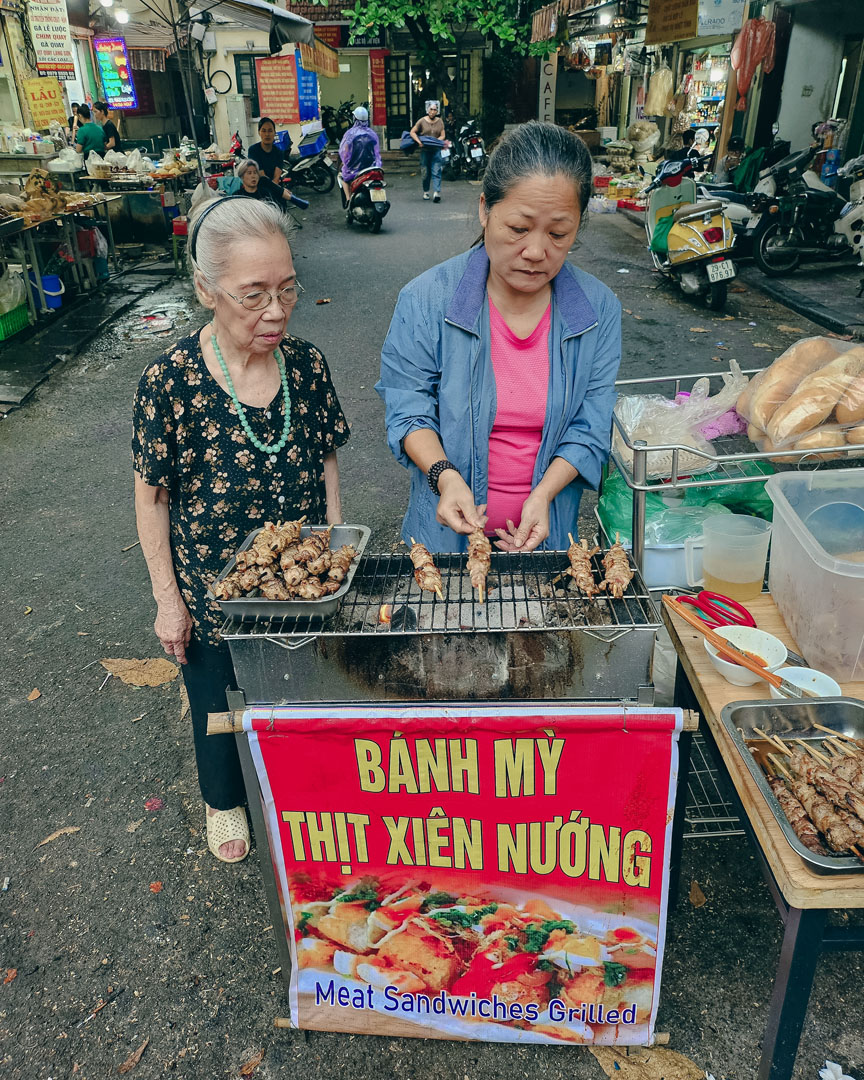Tết: A survival guide

Tết, short for Tết Nguyên Đán (Feast of the First Morning of the First Day) is the Vietnamese Lunar New Year - the biggest and most important celebration in the Vietnamese calendar. If you've had your eye on the Vietnamese news in recent weeks, you'll have seen countless articles on this year's preparations - from the impressive "flower street" to the countless families in villages across the country who make their living from manufacturing food, incense, goats (ofc), flowers and all the other things that are necessary for a successful new year celebration.

Tet flower shopping
When is it?
Tết usually falls on a date in January or February, but this year it lands on Feb the 19th: this Thursday! It is celebrated on the same date as Chinese New Year, and celebrations go on for at least three days - more like a week...and this year it'sup to nine days. Tết is also considered to be the first day of spring, so is also known as Hội Xuân: "Spring Festival".

Flower sellers
How is it celebrated?
In epic fashion. Vietnamese people start preparing for Tết weeks in advance (much as we start preparing for Christmas as soon as Halloween is out of the door - or in January if you're my Mom). The actual celebrations are divided into three periods: Tất Niên (penultimate New Year's Eve - or "New Year's Eve Eve" as it's called in my house); Giao Thừa (New Year's Eve); and Tân Niên (New Year itself).
Tết is a family occasion, so most Vietnamese will gather at their family home, visit relatives, worship at family altars or visit the graves of their ancestors to pay their dues and clean the grave as a mark of respect. There are many other customs practiced during Tết - from the cooking of special foods to cleaning the house, giving lucky money to children and the elderly, playing traditional games, opening a shop or making a pilgrimage - and these traditions tend to vary depending on where you are in Vietnam. Most families will also decorate their houses with flowers, including a cây nêu (artificial New Year Tree) made of a long bamboo pole decorated with various ornaments and good luck charms.
Tết celebrations on the streets of Vietnam's cities, towns and villages are a noisy affair, with a parade of people trying to make as much noise as possible using firecrackers, drums, bells, gongs, pots, pans - whatever they can find that's loud - to scare off evil spirits. Participants also wear masks and perform traditional Lion Dancing - another tradition that's thought to ward off evil. After the parade, families and friends gather to eat the traditional Vietnamese food they have prepared in a celebratory feast.

Tet parcels
Food
Food is extremely important during Tết, which is perhaps why the Vietnamese phrase "to celebrate Tết" is to "ăn Tết", or "eat Tết". Traditional Tết foods include:
- Bánh chưng and bánh tét: Vietnamese rice cake made from glutinous rice and meat or bean fillings wrapped in a parcel of Dong leaves. The former are long and cylindrical, while the latter are square.
- Hạt Dưa: roasted watermelon seeds
- Dưa Hành: pickled onion and cabbage
- Củ Kiệu: small, pickled leeks
- Mứt: candied fruits
- Cầu Dừa Đủ Xoài: In the southern dialect of Vietnamese, the fruits custard-apple (mãng cầu), coconut (dừa), papaya (đu đủ) and mango (xoài) when said in sequence sound like the phrase cầu vừa đủ xài - "We pray for just enough to spend". For this reason, these are popular offerings at family altars in southern Vietnam.
- Thịt Kho Nước Dừa: a traditional dish of pork belly and boiled eggs stewed in coconut juice, eaten with pickled bean sprouts, chives and white rice.
Tết dos and don'ts
Now we get to the "survival" part of Tết - because there are a few social and cultural traps that the unwitting foreigner could easily fall into without the relevant knowledge. Not to mention a whole world of bad luck to be visited upon your head if you fail to heed the right superstitions! For Vietnamese, the first few days of the New Year set the tone for the whole year to come - so it's important not to put your foot in it.
DO:
- Give good luck wishes to your friends, family - and in fact anyone you meet on Tết in Vietnam. Some good ones are sức khỏe dồi dào (extremely good health) and tiền vô như nước (money coming like water). "Happy New Year" is chúc mừng năm mới.
- If you are invited to visit a Vietnamese family, bring lucky money in red envelopes to give to the children. The etiquette surrounding this tradition is tricky even for Vietnamese people, and there is a lot of discussion about how much is the right amount to give in the run-up to Tết. To little could upset the receiver, and too much would be spoil them - both of which mean bad luck. Than Nienh News has written an article on how much to give - I'm staying out of it!
- Buy a bag of salt. This will ensure that you have a "tasty" year - but if you buy too much, you're likely to have a year that's "too salty" (whatever that means). And never bargain with the salt sellers at this time of year!
- Display lucky fruits (custard-apple, coconut, papaya and mango - as described above)
DON'T:
- Break glassware. Save your glass-smashing plans for after Tết! Otherwise you'll have a "broken" year.
- Swear, or use unlucky words like "die" or "sad"
- Invite yourself anywhere. An important tradition during Tết is for your first guest of the year to be a successful, charming specimen - to bring good luck. So you obviously don't count.
- Wear black and/or white. This is suggestive of funerals.
- Sweep your house. Although spring cleaning is an important part of Tết preparations, on the day itself and a few days after the New Year, sweeping your house might also sweep out all the luck and success you had accumulated by following all the rules above. They didn't say anything about hoovers though.
Bear this survivor's guide in mind during Tết this year and you're sure to have a fantastic 2015!

Photos: Kirsty Denison



